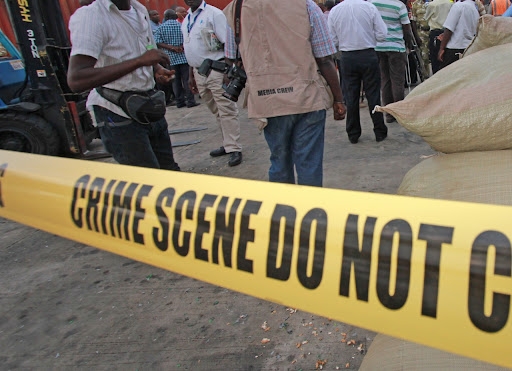The ceremonial Mace is a highly ornamented staff of metal, wood, or other materials, carried by a Mace-bearer or placed before a sovereign or other high official; in civic ceremonies or before a revered gathering to symbolize authority.
The Mace is also referred to as a Scepter.
Processions that feature Maces include parliamentary or formal academic occasions.
In 1958, the Speaker of the Legislative Council, Cavendish Bentick, received the Mace from the crown Prince.
The Parliament of Kenya has used the Mace as part of its legislative undertakings since then.
In independent Kenya, two Maces were utilized by the bicameral House from 1963 to 1966, after which only one was used until 2013 when the new Constitution reinstated the Senate.
Upon the attainment of Independence, His Excellency the late President Mzee Jomo Kenyatta officially brought the Maces to Parliament on Monday, December 14, 1964 during the second session of the First Parliament.
He handed them to the two Speakers, namely Sir Humphrey Slade, Speaker of the House of Representatives and Timothy C.M. Chokwe, Speaker of theSenate, to symbolize the Constitutional authority of the two Houses derived from the People of the Republic of Kenya.
Since then the Mace has been part and parcel of Parliamentary business in the country.
The Mace is viewed and accepted as the symbol representing this legislative authority.











